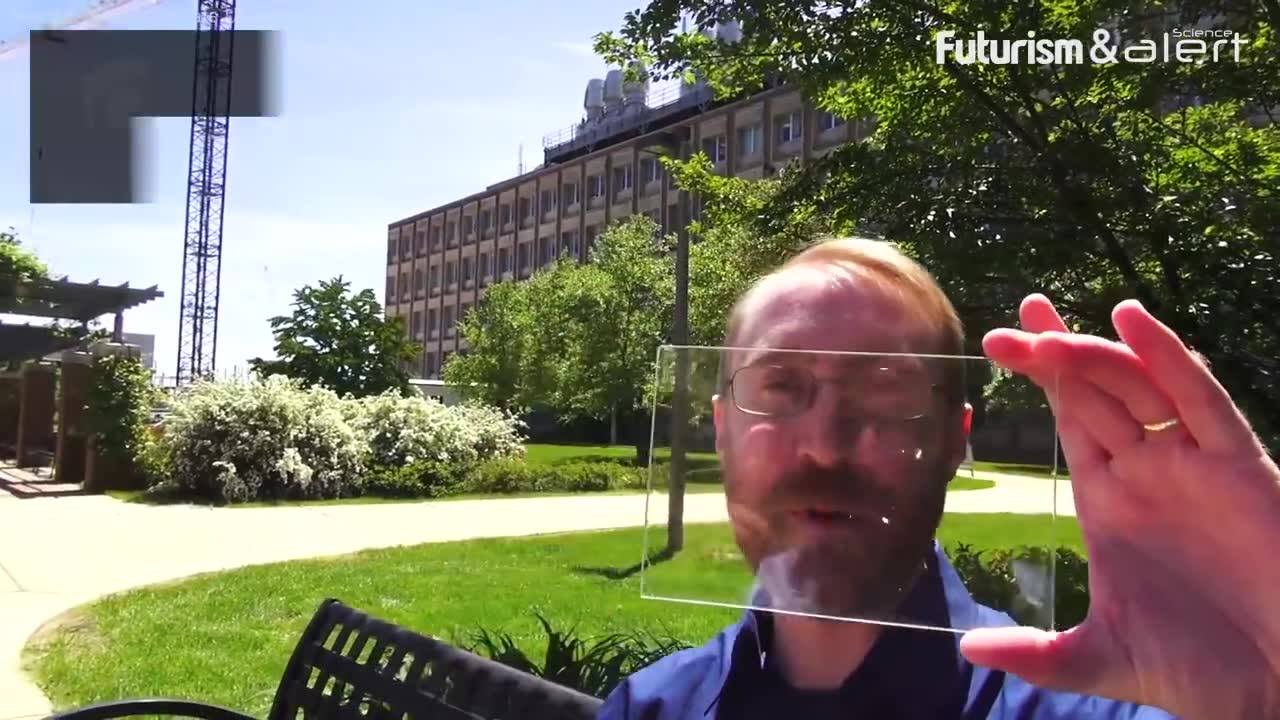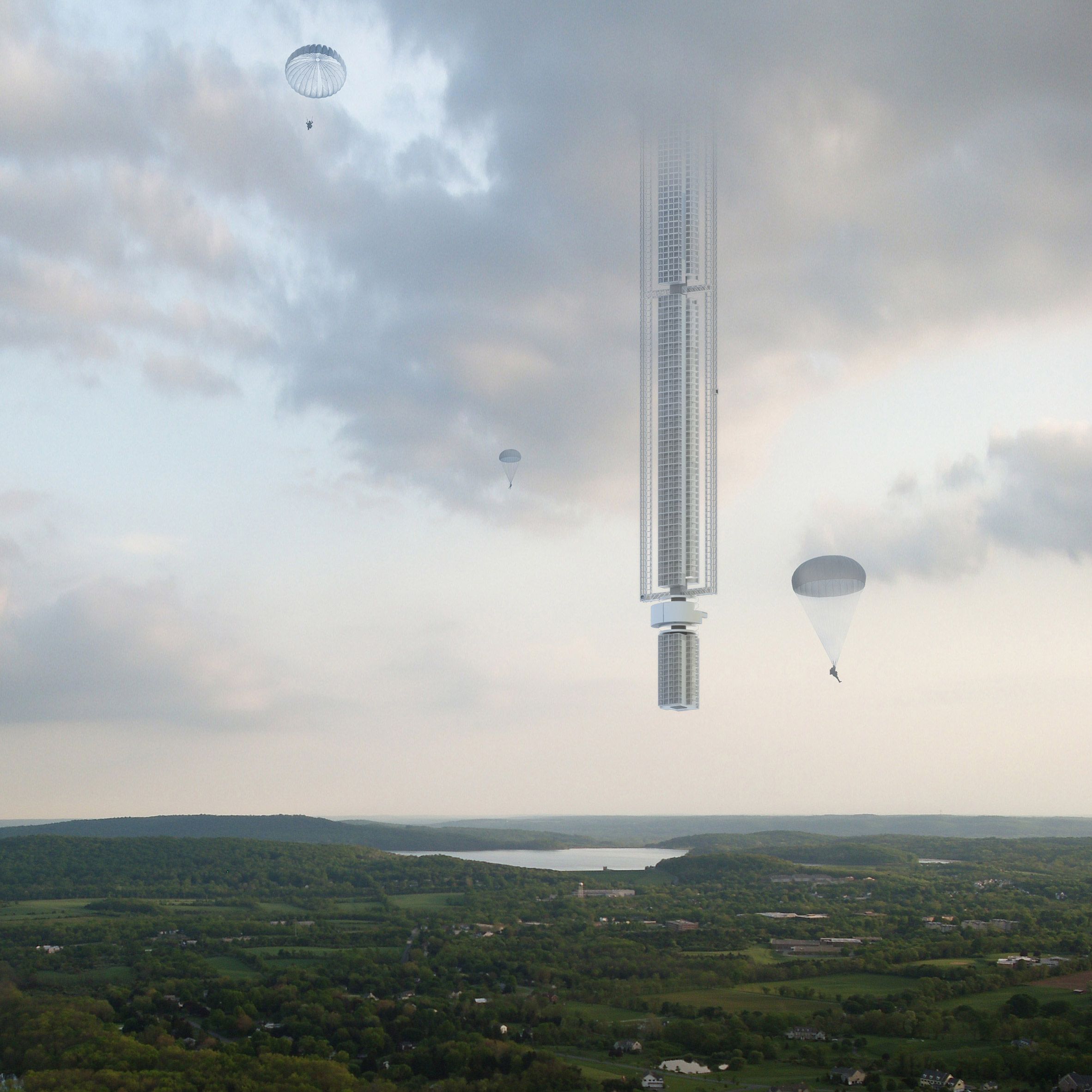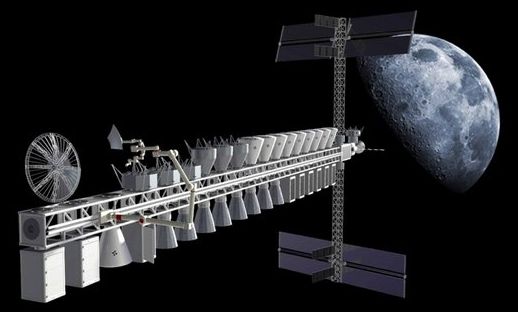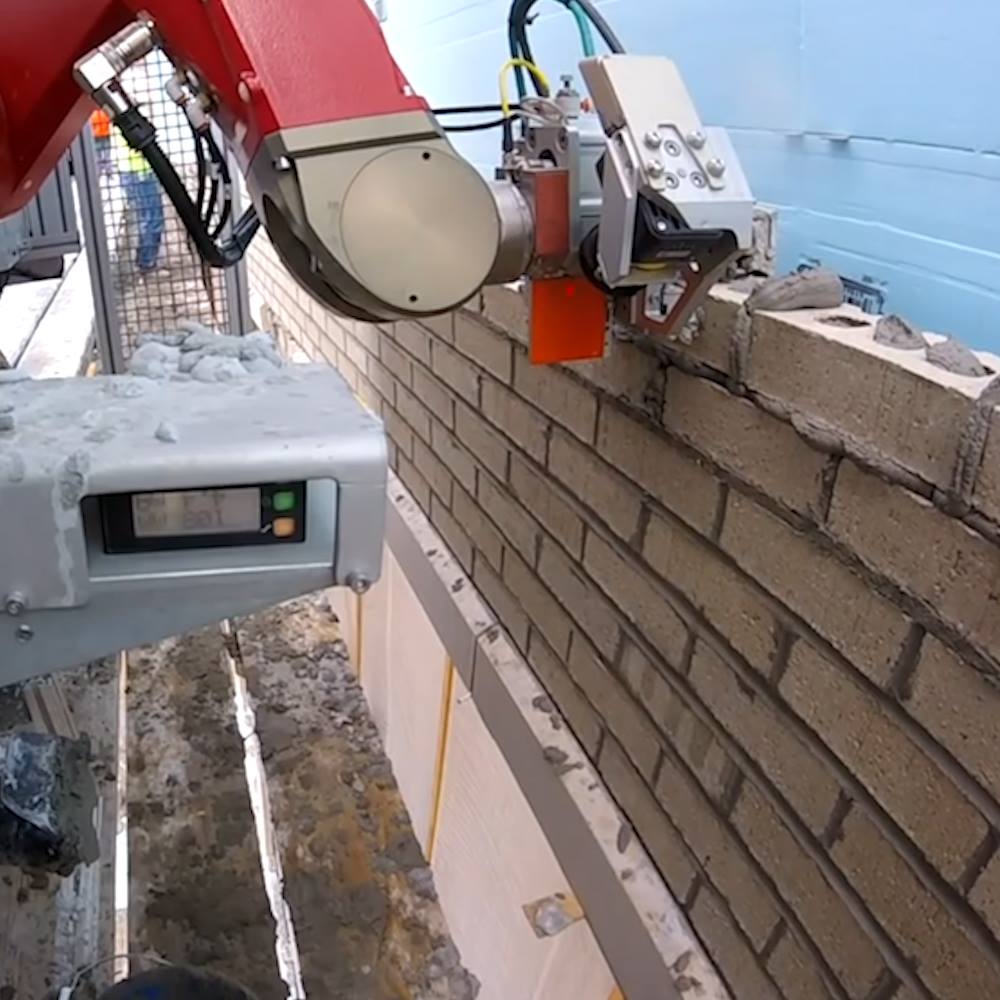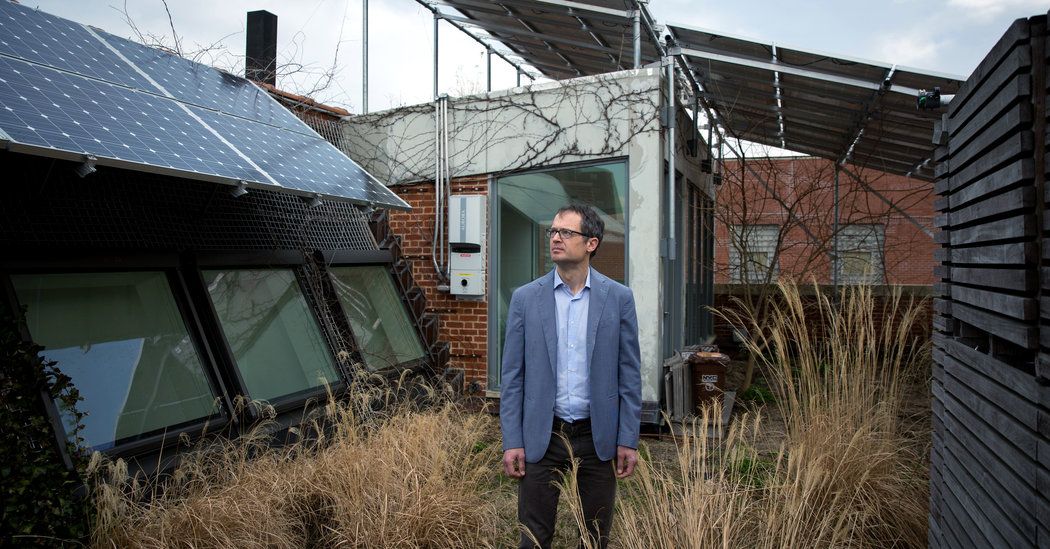Archive for the ‘habitats’ category: Page 115
Mar 31, 2017
System allocates data center bandwidth more fairly, so no part of a webpage lags behind others
Posted by Shailesh Prasad in categories: computing, habitats
A webpage today is often the sum of many different components. A user’s home page on a social-networking site, for instance, might display the latest posts from the users’ friends; the associated images, links, and comments; notifications of pending messages and comments on the user’s own posts; a list of events; a list of topics currently driving online discussions; a list of games, some of which are flagged to indicate that it’s the user’s turn; and of course the all-important ads, which the site depends on for revenues.
With increasing frequency, each of those components is handled by a different program running on a different server in the website’s data center. That reduces processing time, but it exacerbates another problem: the equitable allocation of network bandwidth among programs.
Many websites aggregate all of a page’s components before shipping them to the user. So if just one program has been allocated too little bandwidth on the data center network, the rest of the page—and the user—could be stuck waiting for its component.
Mar 24, 2017
Supertall skyscraper hangs from orbiting asteroid in Clouds Architecture Office concept
Posted by Klaus Baldauf in categories: 3D printing, habitats, space travel
In a bid to get around terrestrial height restrictions, Clouds Architecture Office has proposed suspending the world’s tallest skyscraper from an asteroid, leaving residents to parachute to earth.
New York-based Clouds Architecture Office drew up plans for Analemma Tower to “overturn the established skyscraper typology” by building not up from the ground but down from the sky by affixing the foundations to an orbiting asteroid.
“Harnessing the power of planetary design thinking, it taps into the desire for extreme height, seclusion and constant mobility,” said the architects, who have previously drawn up proposals for space transportation and a 3D-printed ice house on Mars.
Mar 23, 2017
New U-Shaped Skyscraper in NYC Could Become World’s Longest Building
Posted by Shane Hinshaw in category: habitats
Maybe the only way isn’t up after all: newly released concept drawings by a Greek architect for a skyscraper in Manhattan bend more than just minds.
According to architect Ioannis Oikonomou, New York’s zoning laws are prompting developers to explore new ways to maximize a building’s height. To that end, his studio is exploring substituting height with length.
Apart from being a novel addition to Manhattan’s impressive skyline, the structure — dubbed The Beg Bend — could essentially become a viable architectural solution that addresses the height limitations of buildings in the city. It could even be an answer to the city’s expensive housing — giving the building the prestige of a high-rise while maximizing the limited space.
Continue reading “New U-Shaped Skyscraper in NYC Could Become World’s Longest Building” »
Mar 21, 2017
The cislunar gateway with no gate, revisited
Posted by Klaus Baldauf in categories: habitats, space travel
More than four years ago, I covered the issue of cislunar planning here (see “The cislunar gateway with no gate”, The Space Review, October 1, 2012). Now the same “gateless” base concept has returned, but this time, it is not the only concept on the table. Currently there seem to be a plethora of achievable cislunar and lunar concepts, but few people seem to understand what makes any of them practical and affordable. Multiple reusable launchers, in-space vehicles, and components are being developed or have recently been announced, including the New Glenn, the Blue Moon lunar lander, SpaceX’s gigantic Interplanetary Transport System with its still unnamed booster. In addition, there are various lunar orbit combination habitats and depots proposed by Bigelow and the previously announced vehicles and concepts such as the Falcon Heavy, the XEUS lander, and the Cryote depot concept.
Operational plans that only include cislunar bases are being proposed, as well as plans which call for only lunar surface bases to be supplied directly from the Earth, in addition to the more modern, cislunar resource-supported lunar base scenarios. These plans and designs are all like pieces of a very important jigsaw puzzle, but one that, due to the current circumstances, forces us to start with the individual pieces, instead of a whole original image. Our mission, if we can manage it (politically, fiscally and technically), is to try to create a functional whole—a cislunar transportation system —out of some or most of these pieces.
As the obvious and practical location for a gateway to the Moon, Mars, and the asteroids, a cislunar logistics base is the first component we need in place. I am not as concerned about which orbit any cislunar station is placed in compared to the base components, but it is still clear that the Earth Moon L1 point has an advantage since it is always in the same general area, and can be reached from any location on the moon in about 12 hours at any time without waiting for an orbital position to match. A station placed in the “near-rectilinear (lunar) halo orbit” (NRHO) proposed recently would actually be in a high, elliptical, lunar polar orbit (HELPO) that takes more propellant and time to reach from or to than most other options. The best orbits to support lunar operations have a short and relatively unchanging transit time from or to the lunar surface, a lower delta-V per trip, and which can be reached from most places on the surface at almost any time.
Mar 20, 2017
The World’s First Personal Robot
Posted by Klaus Baldauf in categories: habitats, media & arts, robotics/AI
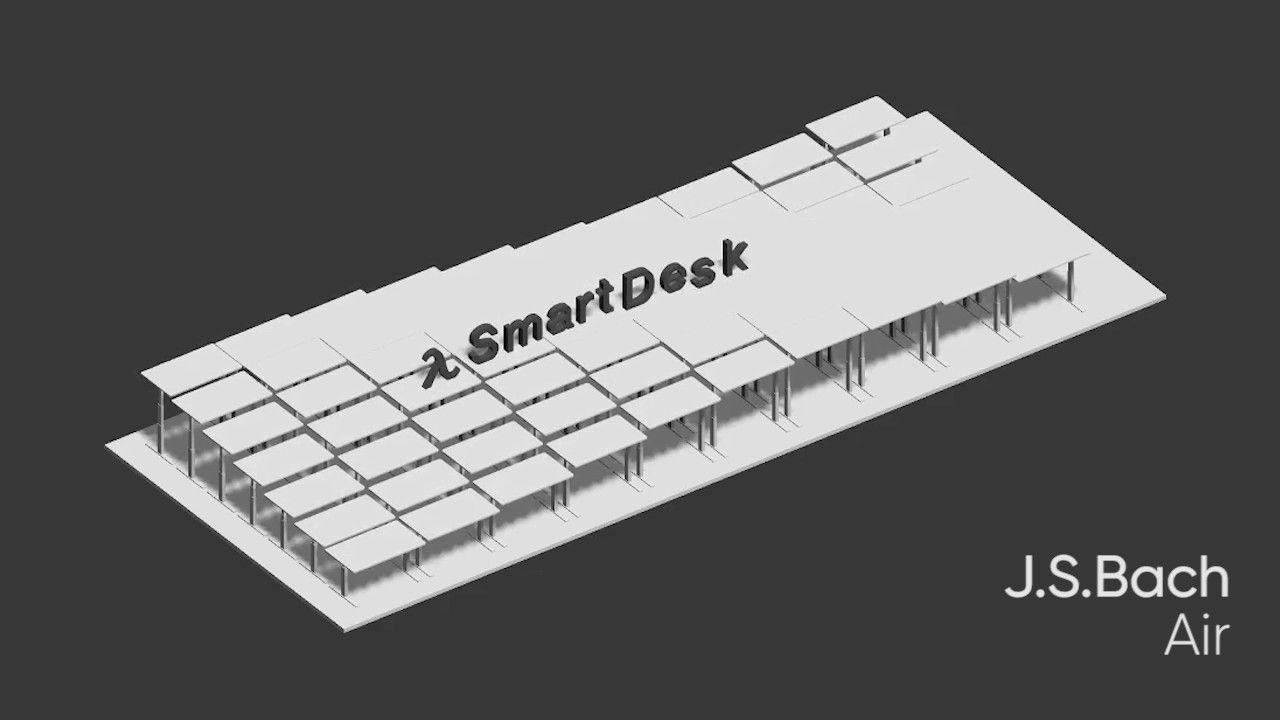
https://youtube.com/watch?v=YwPUcG3eiFc
TechCrunch: “You’ll soon be coming home and a robot will greet you at the door.”
VentureBeat: “Read to kids, host video chats, take pictures, recognize faces and objects, connect to smart home devices, and secure the home by roaming around and video taping everything.”
Studio aisslinger — berlin and singapore interior design, productdesign, industrial design.
Mar 17, 2017
How Artificial Intelligence and the robotic revolution will change the workplace of tomorrow
Posted by Alireza Mokri in categories: biotech/medical, economics, education, employment, finance, habitats, law, robotics/AI
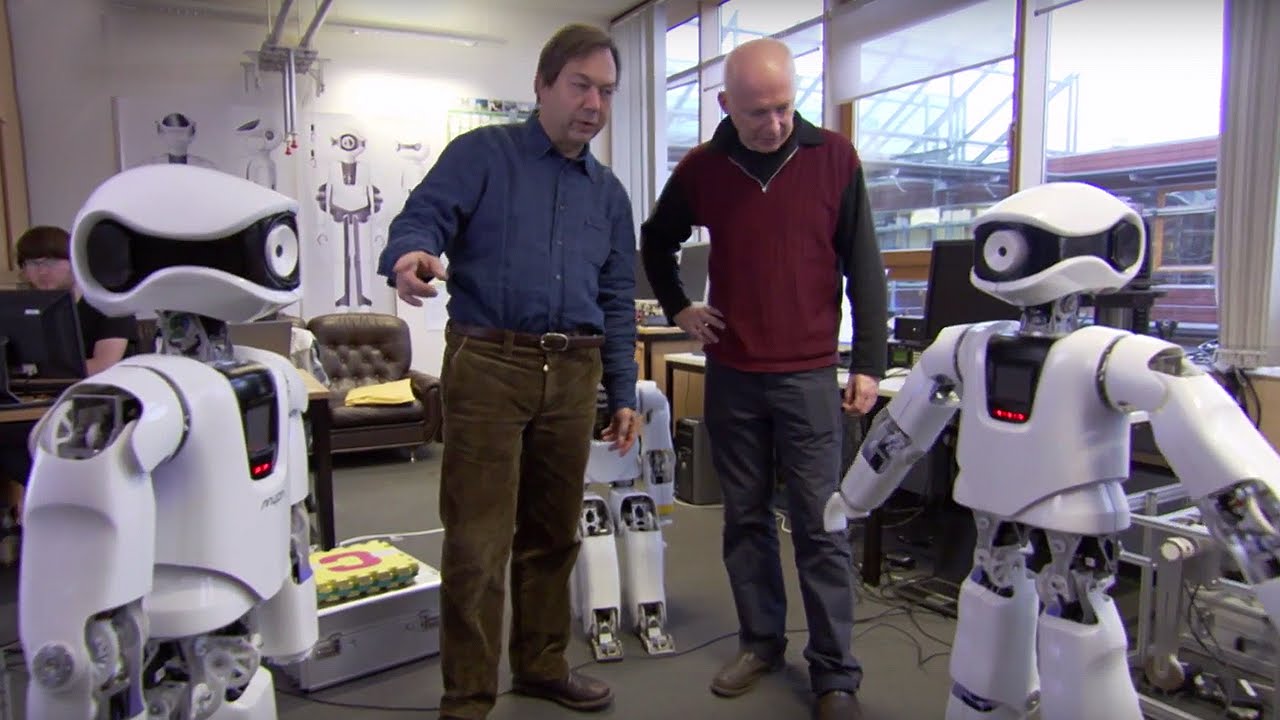
The workplace is going to look drastically different ten years from now. The coming of the Second Machine Age is quickly bringing massive changes along with it. Manual jobs, such as lorry driving or house building are being replaced by robotic automation, and accountants, lawyers, doctors and financial advisers are being supplemented and replaced by high level artificial intelligence (AI) systems.
So what do we need to learn today about the jobs of tomorrow? Two things are clear. The robots and computers of the future will be based on a degree of complexity that will be impossible to teach to the general population in a few short years of compulsory education. And some of the most important skills people will need to work with robots will not be the things they learn in computing class.
Mar 15, 2017
This robot bricklayer could build your future home
Posted by Dan Kummer in categories: habitats, robotics/AI
Mar 14, 2017
Solar Experiment Lets Neighbors Trade Energy Among Themselves
Posted by Klaus Baldauf in categories: business, energy, habitats
Dozens of homes and businesses in Brooklyn have been wired into a microgrid, which allows members to exchange excess-electricity credits.
